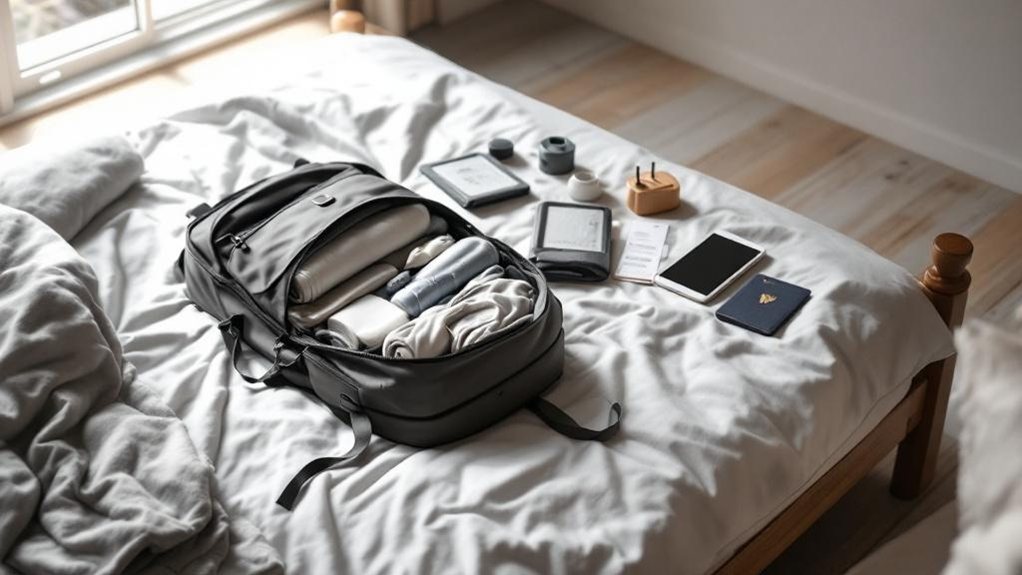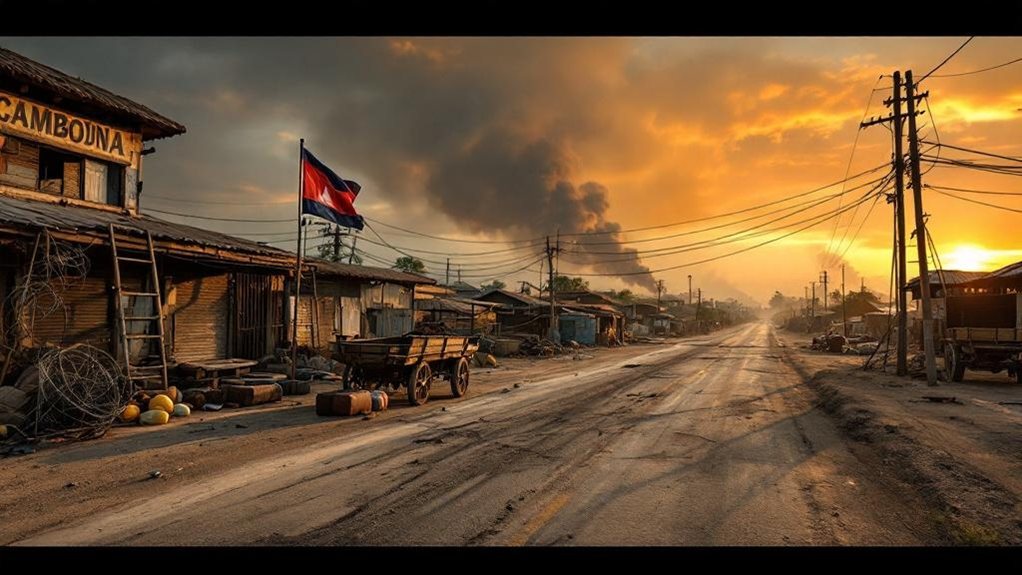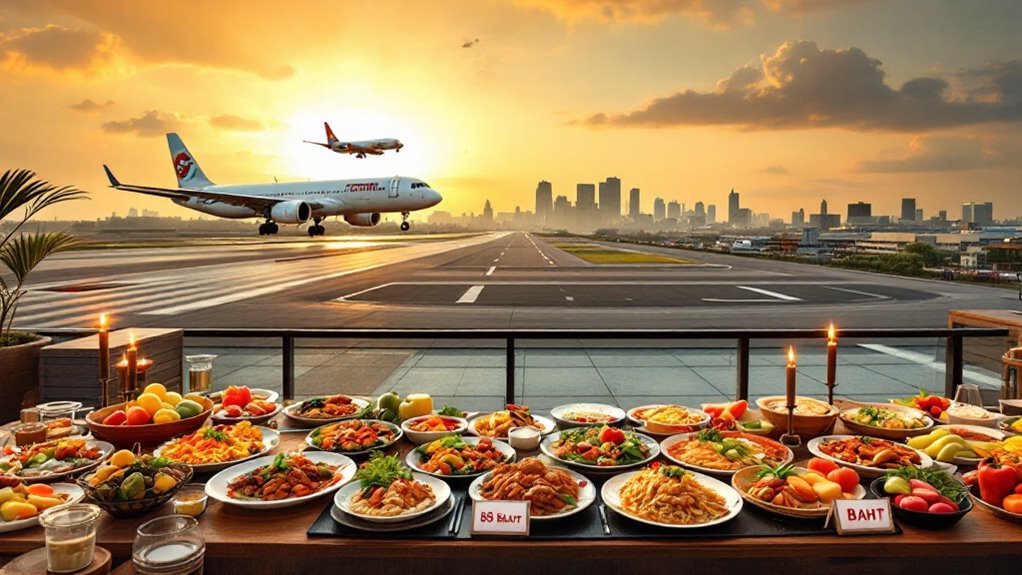Naked Flying is a radical travel trend among Gen Z, emerging in response to high airline baggage fees and evolving norms. It emphasizes minimalism, favoring experiences over possessions, and suits environmentally conscious travelers. While popular with 35% of 18–34-year-olds, it poses challenges like limited packing space and reliance on travel amenities. As airlines tighten carry-on policies, this minimalist approach may gain traction and reshape travel habits considerably. Discover more about its cultural impact and future prospects.
Naked flying emerged as a budget-conscious strategy, aimed at avoiding rising baggage fees and streamlining travel experiences. It has gained traction globally, with social media playing a pivotal role in its popularization, particularly among Gen Z and millennials. Approximately 35% of travelers aged 18–34 reportedly favor traveling with just a personal item or less, echoing the minimalist and efficient lifestyle of this demographic. The trend of “flying naked” encourages minimal luggage for air travel, responding to the increasingly strict carry-on policies and associated fees set by airlines.
The motivations behind naked flying are manifold. Foremost, it reduces travel-induced stress by eliminating the need to manage cumbersome baggage. This approach saves time, as travelers can skip lengthy check-in and baggage claim procedures. Financial savings are significant, given airlines’ increasingly strict carry-on policies and associated fees. Furthermore, the trend appeals to environmentally conscious individuals who value sustainability and efficiency. The diverse styles of naked flying—from totally bare travelers to those who ship luggage separately—cater to varying levels of commitment to minimalism and accommodate different travel needs.
Despite its benefits, naked flying poses certain challenges. Travelers must employ disciplined packing strategies to fit essentials into limited space, which may not be feasible for long trips or those requiring specialized equipment. The necessity for versatile, multi-use clothing and tech gadgets becomes apparent, as does reliance on amenities like laundry services to extend the use of limited clothing. Apps like travel budgeting tools can help naked flyers monitor their expenses when they need to purchase items at their destination.
Culturally, naked flying reflects a broader shift towards valuing experiences over material possessions, influencing not only travel habits but also daily living practices. This trend aligns with the “new mobilities” and “lifestyle mobility” paradigms, resonating with young global citizens’ evolving attitudes towards consumption.
As airline baggage fees continue to rise, naked flying is projected to become more prominent. Its increasing presence on social media further cements its status as a defining travel trend among Gen Z, reshaping conventional packing practices and encouraging a minimalist lifestyle.








